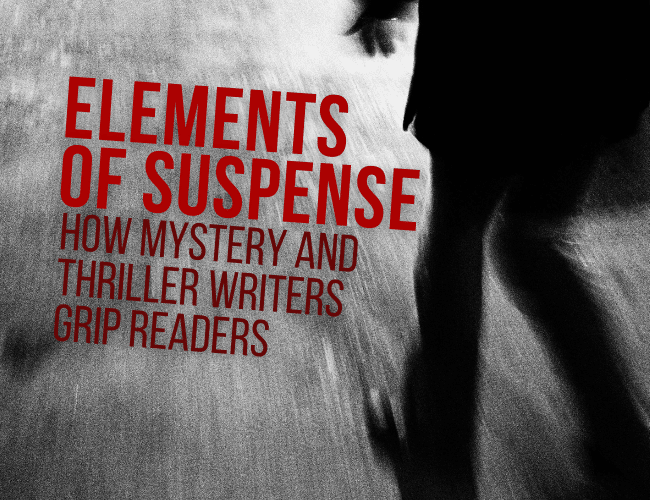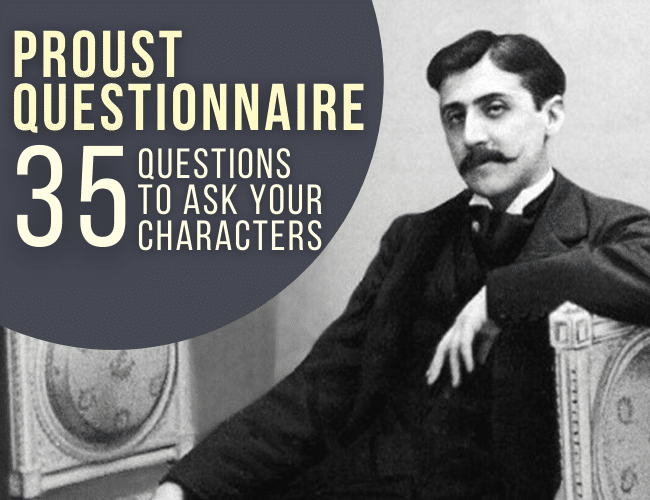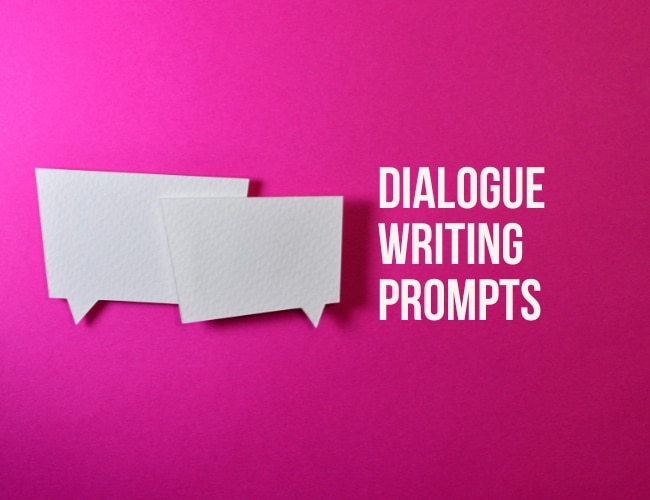
by Joslyn Chase |
Whenever I’m planting a clue in a mystery novel I’m writing, I feel so exposed—like I’m waving a red flag and announcing a clue has been served. Experience has helped lay those fears (mostly) to rest. With skillful weaving into the story, clues and foreshadowing blend in or are seen but soon forgotten by readers.
Without spoonfeeding your audience, you must place all the pieces on the table, allowing readers to actively participate in solving the puzzle. When making your first attempts at writing mystery, it can be difficult to find that balance between too much and too little.
Take a look at our best guide to clues and red herrings here.

by Joslyn Chase |
Do you remember how you felt while reading The Da Vince Code or Gone Girl? The sweaty palms, the pleasant shiver, the jaw-clenching tension? Remember how those well-drawn elements of suspense held you in thrall, feathering along your skin, raising goosebumps?
Suspense fiction comes in a variety of flavors, all delicious, and if you have a yen for building suspense in your writing and learning how to create the same kind of reading experience for your own audience, this is the place for you.
In a special series of articles, I’ll be your guide as we dig deep into the elements of suspense that grab readers and don’t let go. These elements apply, regardless of the publishing route you choose for getting your stories out to your suspense readers.
Here, we will learn how you can craft suspense in your own books, starting now.

by Joe Bunting |
We’re on a characterization kick this week on The Write Practice. Today, we’re going to continue to delve into the lives of our characters by going through a list of thirty-five questions to ask your characters made famous by the canonical French author, Marcel Proust.

by Joe Bunting |
An antihero is a central character in a story who displays unheroic flaws or characteristics associated with villains, but who may garner more empathy and understanding as they can appear more human and relatable than traditional heroes.
Take a look at our list of over 75 antihero examples to see if you want to create one for your story today.

by Sue Weems and Joe Bunting |
Whether you’re a student analyzing a story or a writer intent on crafting a compelling story, there are a few basic story elements that will help you better understand the parts of a story.

by Sue Weems |
Dialogue is an essential component for most stories, whether it’s for a narrative essay, memoir, or fiction. Even if you’re writing nonfiction, you’ll likely use stories to illustrate your point, and those stories will include dialogue. Today we have some dialogue writing prompts to help you write better dialogue while you develop some story ideas.





